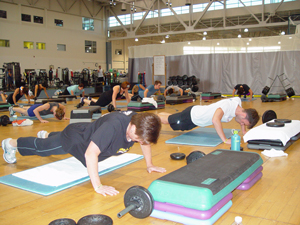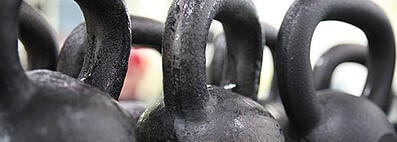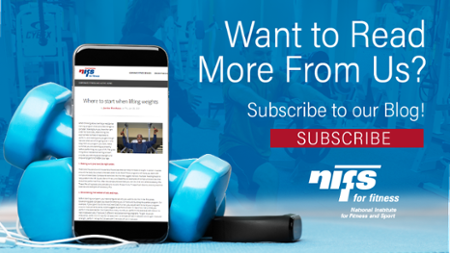Being someone who loves to run, especially outside, I understand the challenge of trying to keep up my motivation during those “indoor months” that have suddenly crept upon us. As is typical for the winter season, Americans report exercising less frequently. And, just from October to November, adults who reported exercising 30 minutes, three or more days a week, drop off as much as 3 percent.
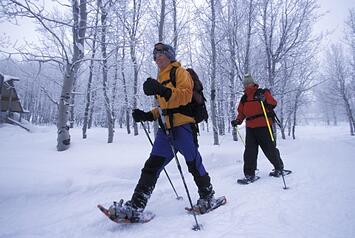 So how can we stay motivated for winter workouts? Here are a few ideas:
So how can we stay motivated for winter workouts? Here are a few ideas:
- Try something new that you have been putting off. Have you ever walked by the Zumba® class and thought, “Hmm, that looks like fun. Maybe I should go in and give it a try? Nah, I’ll go outside and run instead.” Or what about that spin class that you’ve been eyeing since you started coming to the gym? Find a class or an indoor fitness challenge that you have been interested in trying and have just continued to put it off.
- Build a personal workout calendar. With the hundreds of apps out there these days, this should be one of the easiest things to do. There are several that you can look up online, but check out the Workout Plan app if you need a good place to start. If you are a NIFS member, you can utilize our fitness assessment and exercise prescription at no additional cost. If you work out at another gym, see what services they have to offer to help you come up with a plan that’s right for you. No matter what you choose to do, have a plan in place and follow it to keep yourself on track.
- Find activities that you enjoy. One of the keys to staying motivated throughout the winter is to find things that you enjoy doing. You have to pick things that interest you and keep you wanting to come back to the gym. Maybe there is a program that you watch on TV every Tuesday night. Try coming during that time and watching it on one of the cardio machines. Or consider a weight training program or yoga that you have been putting off all summer long.
- Get a workout buddy. Finding someone to work out with you will really help those long winter months go by faster. If you have an accountability partner to meet you at the gym, that will help to get you there consistently.
- Sign up for a race. There are plenty of indoor events that you can sign up for, or register for a race during the spring to keep you in check. I know there are indoor triathlons within the Midwest that are a fun challenge to try if you have never done one before. You can always sign up for a race in a warmer state as well and make a little trip out of it.
- Try other outdoor activities. With all this being said, we don’t need to become hermits and lock ourselves indoors until May. Give some things a try that you haven’t done before, like snowshoeing, cross-country skiing, downhill skiing, and running. These things can all be just as fun if you are dressed properly!
I hope this list has given you some new ideas for exercising during these winter months! Find something to keep you motivated and continue to train hard. Don’t let yourself become one of those statistics in the study by letting exercise fall by the wayside during the cold months.
This blog was written by Amanda Bireline, Health Fitness Specialist. To find out more about the NIFS bloggers, click here.

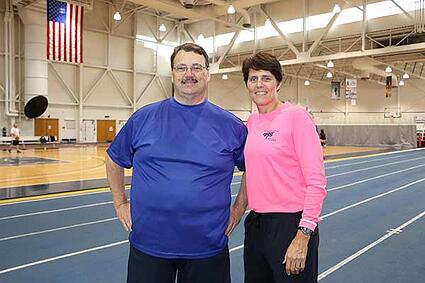 Have you ever considered what working with a personal trainer could do for you? Among many things, working with a personal trainer can help you to reach your goals, stay motivated, and provide you with accountability. Whether you are looking to lose weight, improve fitness, or use exercise as a way to improve your lifestyle, a personal trainer can be a great resource on your journey. We at NIFS believe that we house some of the best
Have you ever considered what working with a personal trainer could do for you? Among many things, working with a personal trainer can help you to reach your goals, stay motivated, and provide you with accountability. Whether you are looking to lose weight, improve fitness, or use exercise as a way to improve your lifestyle, a personal trainer can be a great resource on your journey. We at NIFS believe that we house some of the best 
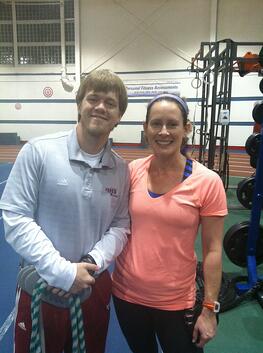 There are many benefits that come with working out in a group setting, ranging from social to helping you push through the tough parts of workouts.
There are many benefits that come with working out in a group setting, ranging from social to helping you push through the tough parts of workouts. 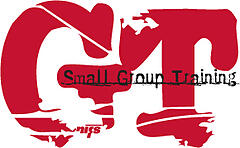 SOMETHING YOU HAVE LEARNED OR SOMETHING THAT SURPRISED YOU:
SOMETHING YOU HAVE LEARNED OR SOMETHING THAT SURPRISED YOU: The 2014
The 2014 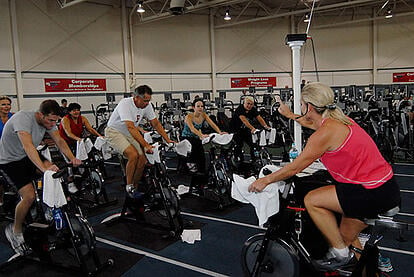
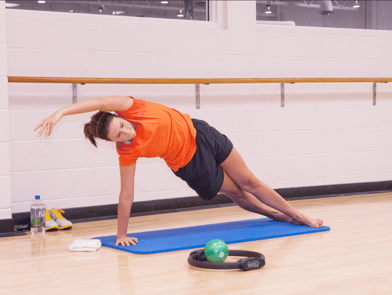 pressure
pressure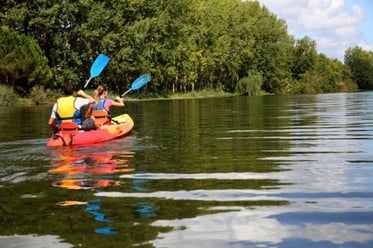
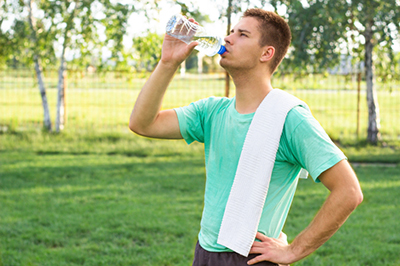 Dehydration can lead to heat illnesses, so it is important to stay hydrated and drink water even if you do not feel like you are thirsty. Read more about this in our
Dehydration can lead to heat illnesses, so it is important to stay hydrated and drink water even if you do not feel like you are thirsty. Read more about this in our 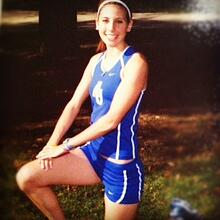 Four years ago when I began applying for schools, if someone asked me what I wanted to be when I grew up, I would have laughed and said, “I have NO CLUE!” I was not sure where I wanted to go, who I wanted to be, or what type of job I could see myself in. All I knew was I wanted to be close to home. Growing up I was very family oriented, so I knew whatever college I chose needed to be close enough to come home on the weekends for family dinner.
Four years ago when I began applying for schools, if someone asked me what I wanted to be when I grew up, I would have laughed and said, “I have NO CLUE!” I was not sure where I wanted to go, who I wanted to be, or what type of job I could see myself in. All I knew was I wanted to be close to home. Growing up I was very family oriented, so I knew whatever college I chose needed to be close enough to come home on the weekends for family dinner. When my senior year rolled around, I had one last program to complete before I could hold my diploma: a 16-week internship! Completely overwhelmed at the thought, seeing that the internships I did previously were barely a month long, I spent countless hours searching for a good fit. And after 3½ years of living at home as a college student, I was finally ready to be out on my own. I wanted to challenge myself and find something completely out of my element.
When my senior year rolled around, I had one last program to complete before I could hold my diploma: a 16-week internship! Completely overwhelmed at the thought, seeing that the internships I did previously were barely a month long, I spent countless hours searching for a good fit. And after 3½ years of living at home as a college student, I was finally ready to be out on my own. I wanted to challenge myself and find something completely out of my element.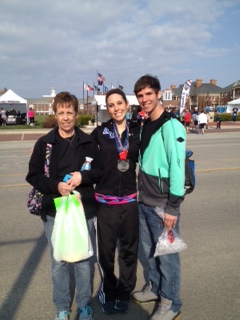
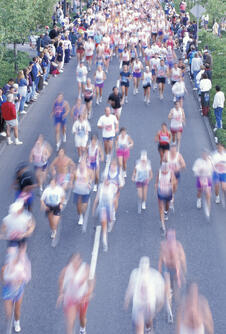
 If you said yes to all of these questions, it is pretty safe to say you are ready to get started on a marathon training program! If you answered a few with “no,” no worries. A marathon is still not too far out of reach. Just address the obstacles that you have and work toward resolving those!
If you said yes to all of these questions, it is pretty safe to say you are ready to get started on a marathon training program! If you answered a few with “no,” no worries. A marathon is still not too far out of reach. Just address the obstacles that you have and work toward resolving those!